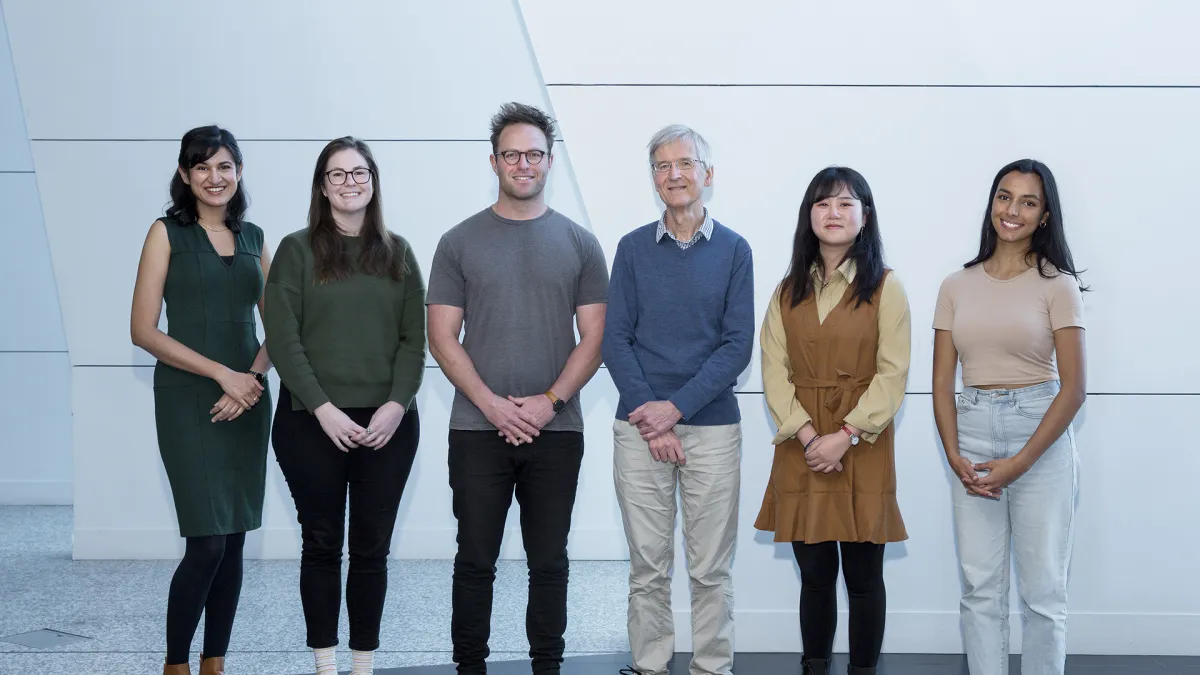The Bekkers Group - Olfaction
We are interested in how the mammalian brain processes sensory information received from the external world.
Research themes
About
We are interested in how the mammalian brain processes sensory information received from the external world. Although the nature of this information varies between the different senses (vision, touch, smell, etc.), there are remarkable similarities in how the different sensory features are encoded in the cerebral cortex. Thus, it is likely that it will be possible to uncover general principles about brain operation that underlie all cortical sensory processing. For this reason, we have chosen to focus on the olfactory system because olfaction is a primitive sense with a relatively simple anatomy. Moreover, compared to the other senses, olfaction is virgin territory. Smell remains our most enigmatic sense.

Our research focuses in particular on the primary olfactory cortex, also called the piriform cortex, which is located in the basal forebrain just behind the nose. The piriform cortex is the first cortical destination of olfactory information and is thought to be important for recognising and remembering odours as holistic 'odour images', i.e. as 'rose' or 'chocolate' rather than as a simple list of chemical components. How the piriform cortex achieves this astonishing feat, despite its comparatively simple structure, is a major aim of our research. The piriform cortex is also highly epileptic and is involved in amplifying seizures in humans. Some of our research examines why the piriform cortex is so susceptible to epilepsy, with implications for the development of new anti-epileptic drugs.
Our experiments use a variety of cutting-edge techniques, including patch clamp electrophysiology in vivo and in vitro, 2-photon microscopy, optogenetics and neural network modelling. For example, one project uses 2-photon calcium imaging in anaesthetised mice to map neuronal activity in the piriform cortex in response to odour applications to the nose. Another project uses patch clamping and imaging in slices to explore the properties of circuits in the piriform cortex that may give rise to epilepsy. In the longer term, our work will reveal the essential components of this prototypical cortical circuit, aiding our understanding of neural function in both healthy and diseased brains.








